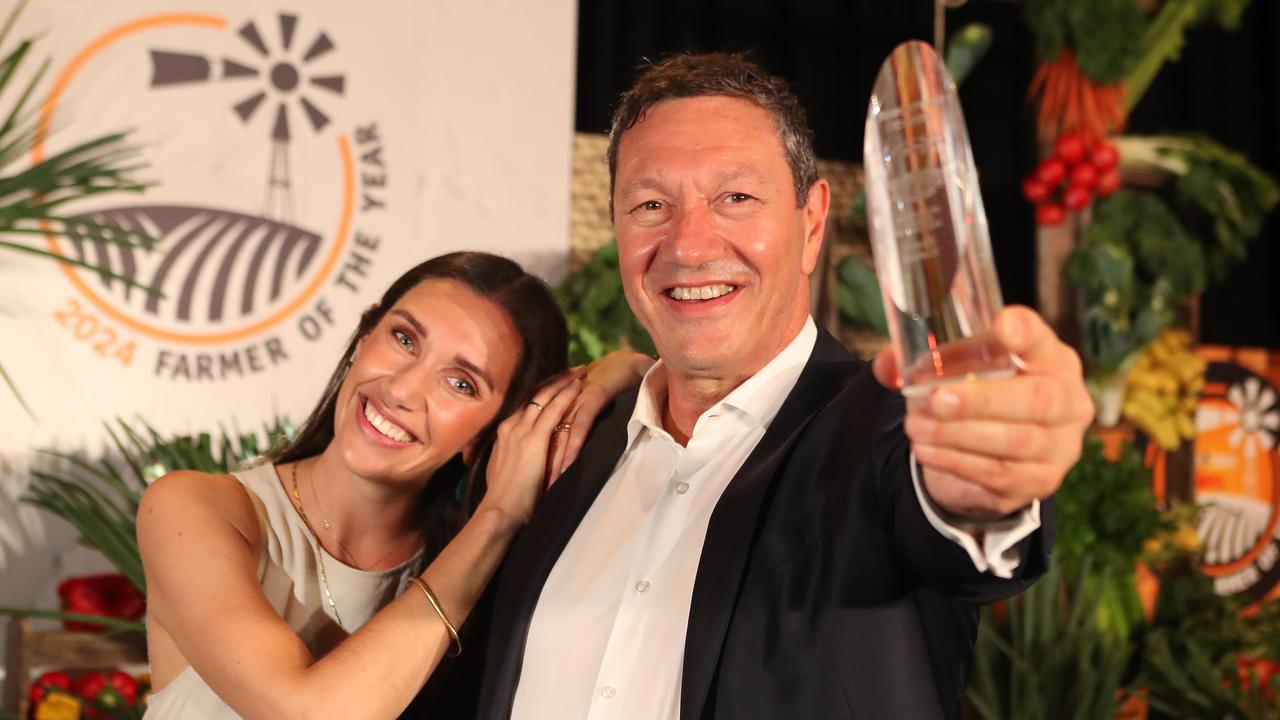Murdochs make cents of it
JOHN Murdoch's accountancy skills are a boon on the family farm.

JOHN Murdoch's accountancy skills are a boon on the family farm.
A career break from his job as an accountant was the perfect transition back into farming for John Murdoch.
Since his return to the family farm John has helped invigorate the sheep and cattle business, by putting more emphasis on measurement and performance and making marketing a priority.
John farms with his parents, Andy and Jane, on their 2200ha property at Bibbenluke, north of Bombala, in NSW. He returned to the farm 2 1/2 years ago after almost five years in Canberra working as a chartered accountant with consulting firm KPMG.
But when his employer offered him a year-long career break he took it.
"And during that year, a relative's farm came up for sale and we decided to buy it and so the scale was there to include me in the business," John said.
The operation includes land south of Bombala and further north at Ando and is predominantly a Merino and first-cross sheep operation, with 5400 Merino ewes joined this year.
The Murdochs also run 280-300 Angus breeding cows and, if the season allows, a cattle trading operation.
Wool is central to the business, but 40 per cent of the ewes are joined to a terminal Border Leicester sire, which means they aim for a dual-purpose Merino.
John said he decided to ramp up the marketing of their surplus sheep, particularly their first-cross and cast-for-age ewes.
Their aim is to avoid selling in saleyards and to improve prices for this lower-value stock, which are generally sold at Bombala's annual on farm-circuit sale or on AuctionsPlus.
John has implemented a marketing strategy by maintaining client lists and making regular contact with them to promote sales and seek feedback.
"We have a pretty loyal client base for our first-cross ewes, lambs and commercial bulls. It's a major part of our enterprise," he said.
"We do have a highly fertile Merino ewe base and it's about making sure prospective buyers know this."
John said when it came to selling the stock it was better to have several people ready to bid on them rather than relying on the whim of the open market.
"A lot of operators put their ewes up for auction and they are gone - if they are not performing to their potential I want to know about that," he said.
The sheep flock cuts 200 bales of wool annually. The mature Merinos produce a 17.5 to 18-micron fleece and the one-year-olds 15-16 micron.
John said it was still financially viable for them to stick with wool.
"Before my time it was something that was very profitable and (my family) have invested a lot genetically to have a productive ewe flock," he said.
"But the economics of it are still very, very good. It's still commercially viable, especially if you have high lambing rates and a high per-head value in a fleece."
The Murdochs have several genetics lines in their Merinos, recently using sires from Hazeldean, Greendale and Pastora studs. They also use a consultant to make recommendations on suitable sires for artificial insemination and in recent times used semen from Coromandel Poll Merino stud in Western Australia.
"We have been doing (AI) for 10 to 15 years - it works well for getting a direct result; you are getting the sire you want," John said.
The Murdochs closely monitor and measure their rams and ewes to maximise production and cull those not suited to the operation. For about 15 years they have pregnancy scanned the ewes, with the females not in lamb drafted out and the pregnant ewes fed separately.
Each year at weaning, ewes are drafted into mobs according to those that have lambed and those that haven't. Dry ewes that fail to lamb twice are culled.
This year John and Andy have implemented a stricter culling program for maiden ewes. If they are scanned in lamb but fail to produce or rear a lamb, they are culled immediately.
Ewe nutrition is also a high priority for the operation, which combined with genetics and selection has led to a pregnancy scanning rate of about 160 to 170 per cent in mature ewes.
The Murdochs also monitor ewes year round for body and fleece weight and body condition is scored on every visit to the yards. They have also started designing a new feed program and aim to join 6000 ewes next year.
Lucerne is a key part of the feeding regimen for pregnant ewes and crossbred sheep and cattle on the property.
They have about 200ha of lucerne on fertile river flats, which with long-term establishment can provide high-quality feed for about seven years.
"You can't beat the economics of lucerne. We can't have too much of it. We will continue to put more in and increase the stocking rate," John said.
The pasture is important for fattening about 2000 first-cross and Merino wethers they sell to Woolworths or other processors, depending on price.
"The value for us is taking them from a 30kg up to 50kg lamb and we do that with pasture fattening," John said. "We try to stock heavily but we don't do that at expense of the quality of the product - it's a balancing act."
On the less-fertile granite soils the Murdochs plant medium-term perennial ryegrass, and in the past two years have put in Perun, a Fescue-ryegrass cross. They also plant forage wheat as part of the renovation process.
Their cattle operation is made up of 280-300 Angus females and they run a self-replacing herd with steers kept and traded depending on the market and the season.
The Murdochs have a strict culling and selection process for their breeding cattle, with heifers joined at 13 months and expected to calve down unassisted at about two years.
They also run a small commercial bull-breeding operation and use several sires, including from Rennylea and Kunuma studs.


